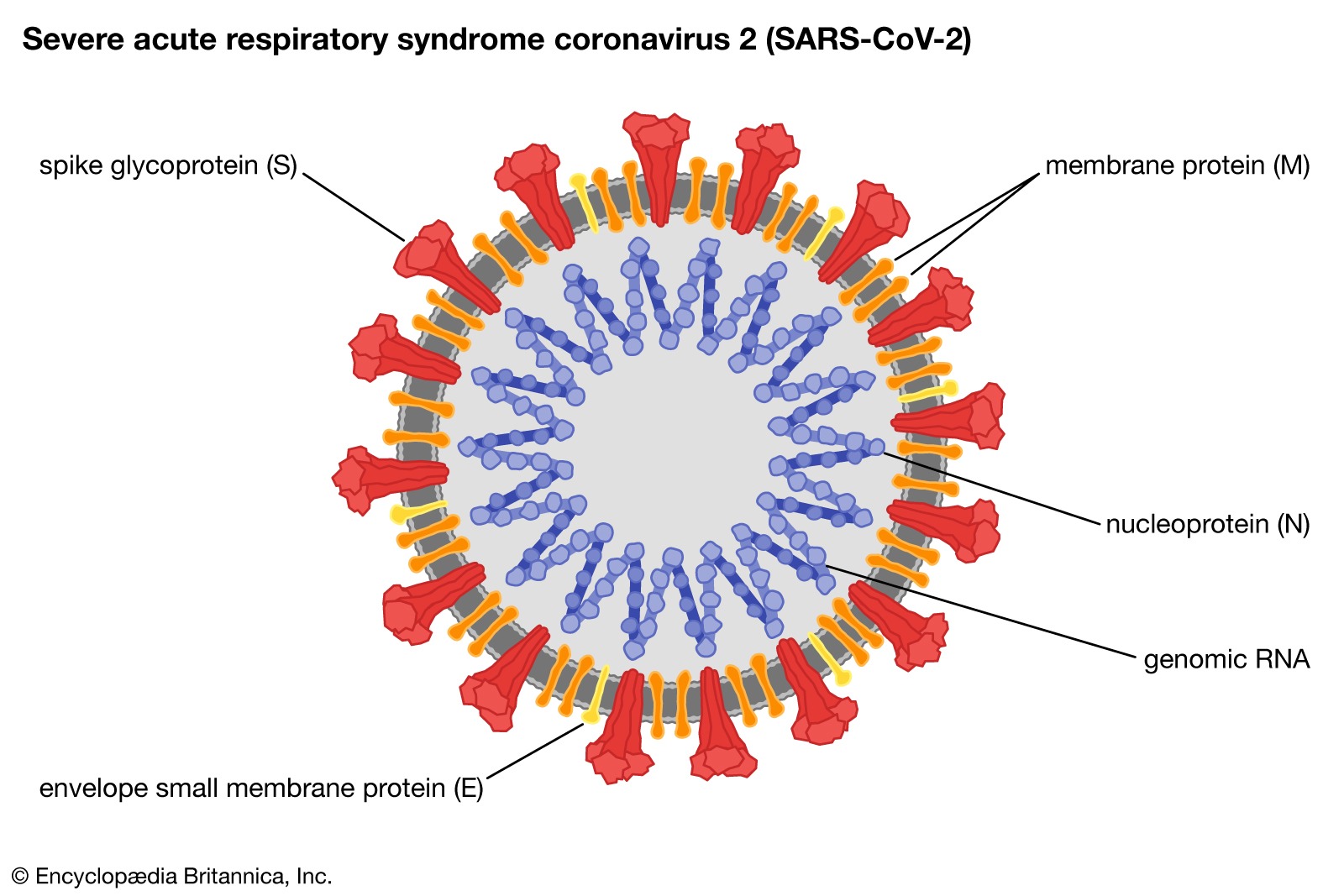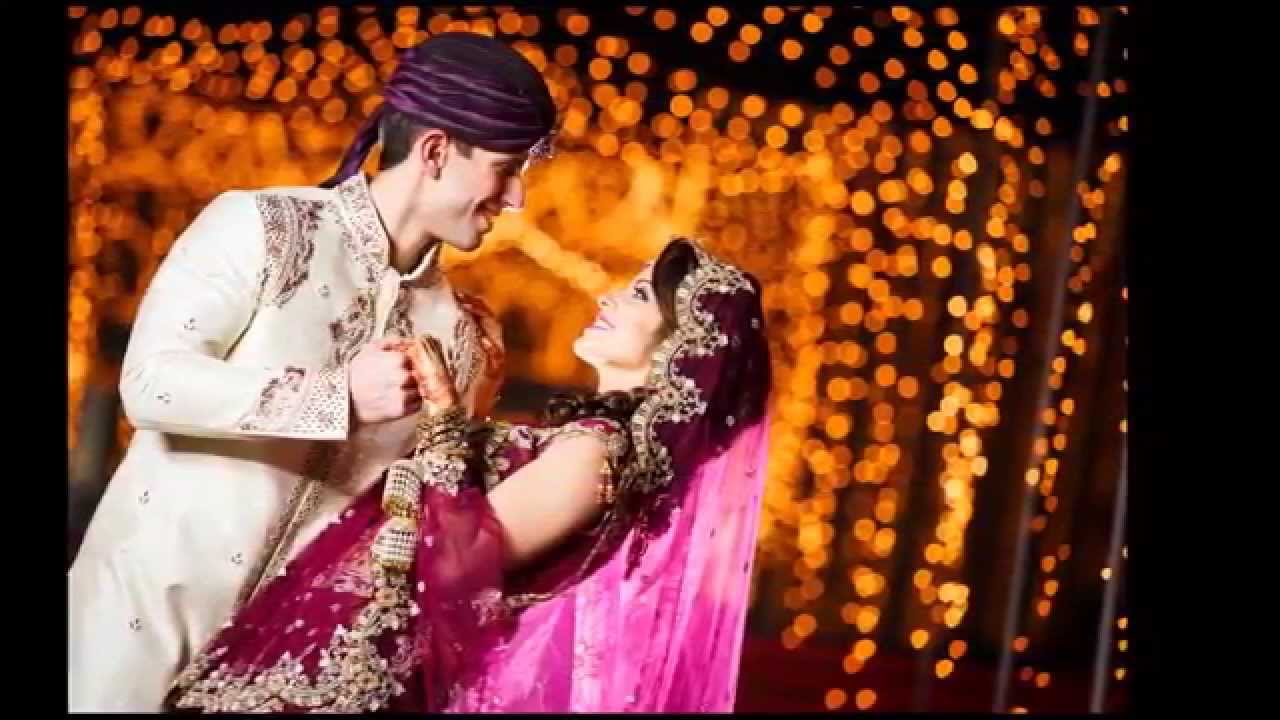Minimum age for a girl marriage in Bangladesh
Minimum Age for Girl Marriage in Bangladesh: A Comprehensive Overview
Introduction
Marriage is a crucial institution in almost every society, and the rules and regulations surrounding it often reflect a nation’s cultural, religious, and legal frameworks. In Bangladesh, like many other countries, the issue of child marriage, particularly for girls, has been a topic of deep concern. Despite efforts to eliminate child marriage, it remains a challenge due to social, economic, and cultural factors. The minimum legal age for marriage in Bangladesh is 18 for girls and 21 for boys. However, loopholes, socio-economic pressures, and certain legal exceptions have led to a prevalence of underage marriages, especially for girls.
This essay will explore the legal framework concerning the minimum age for girl marriage in Bangladesh, the challenges in enforcing the law, and the social, economic, and cultural factors contributing to early marriages. It will also discuss the consequences of child marriage and the efforts made by the government, civil society, and international organizations to curb the practice.
Legal Framework: Minimum Age for Marriage in Bangladesh
The Child Marriage Restraint Act of 1929 was one of the earliest laws that sought to prevent child marriage in British India, and it was later adopted by Bangladesh after its independence. Over the years, Bangladesh has made amendments to the legal framework to further protect children, particularly girls, from being married before the age of 18.
-
Child Marriage Restraint Act of 1929
The Child Marriage Restraint Act of 1929, which Bangladesh inherited from British colonial rule, set the minimum age for marriage at 16 for girls and 18 for boys. Although this act laid the groundwork for addressing child marriage, it was not stringent enough to effectively curb the practice, especially in rural areas where social and cultural traditions often took precedence over the law.
-
Child Marriage Restraint Act of 2017
In 2017, the Bangladesh government enacted the Child Marriage Restraint Act (CMRA) of 2017, which was seen as a significant step towards eliminating child marriage. Under this law:
- The minimum age for marriage is set at 18 for girls and 21 for boys.
- Marrying or facilitating the marriage of someone below the legal age is a punishable offense, with penalties that include fines and imprisonment.
However, the CMRA 2017 introduced a controversial provision known as the “special circumstances” clause. This clause allows for the marriage of a girl under the age of 18 with the consent of her parents and the approval of the court if it is deemed to be in her “best interest.” Critics argue that this loophole could be misused, leading to the continuation of child marriages under the guise of special circumstances.
Social, Economic, and Cultural Factors Contributing to Child Marriage
Despite the legal framework, child marriage remains prevalent in Bangladesh, with one of the highest rates of child marriage in the world. According to UNICEF data from 2020, approximately 51% of women aged 20-24 in Bangladesh were married before the age of 18. Several interrelated factors contribute to the persistence of child marriage in the country, particularly for girls.
-
Poverty
Poverty is one of the leading causes of child marriage in Bangladesh. In impoverished families, marrying off a daughter early is often seen as a way to reduce the economic burden. Parents, especially in rural areas, may believe that marrying their daughters early will ensure their financial security and reduce the family’s expenses, as girls are typically seen as financial dependents.
Moreover, dowry practices, though illegal, still persist in parts of the country. Some families may opt for early marriage to avoid higher dowry demands that may come with waiting for their daughters to reach adulthood. Early marriage is sometimes perceived as a way to secure a better match at a lower cost.
-
Cultural Norms and Traditions

Cultural norms and traditional practices play a significant role in perpetuating child marriage. In many communities, girls are expected to marry at a young age, and staying unmarried beyond adolescence may be seen as undesirable or even shameful for the family. This cultural pressure often leads families to arrange early marriages, believing it to be in the best interest of their daughters.
In addition, gender norms in Bangladesh emphasize the role of women as wives and mothers, often limiting their opportunities for education and employment. This contributes to the idea that marriage is the ultimate goal for girls, reinforcing the practice of early marriage.
-
Lack of Education
A lack of education is both a cause and a consequence of child marriage. Girls who are not in school are more likely to be married off at an early age, and marriage often leads to the end of their education. In rural and impoverished areas, many families prioritize the education of boys over girls, viewing girls’ education as less valuable. This limited access to education perpetuates the cycle of child marriage, as girls without education have fewer opportunities for economic independence and are more vulnerable to early marriage.
Conversely, education has been shown to delay marriage and improve outcomes for girls. Educated girls are more likely to marry later, have fewer children, and enjoy better health and economic opportunities. The government and non-governmental organizations (NGOs) have recognized this and have implemented initiatives to keep girls in school, but challenges remain.
-
Religious and Social Pressure
In Bangladesh, religious and social pressures also play a role in child marriage. The majority of the population is Muslim, and while Islam does not condone child marriage, some local religious leaders and communities may interpret religious teachings in a way that justifies early marriage. This often happens in rural areas where conservative interpretations of Islam are more prevalent.
Moreover, societal expectations around the honor of a girl and her family can push parents to marry off their daughters early. In some cases, parents fear that delaying marriage could lead to “dishonorable” behavior by their daughters, such as premarital relationships, which could bring shame upon the family. As a result, early marriage is sometimes seen as a way to protect a girl’s honor and preserve family reputation.
The Consequences of Child Marriage
Child marriage has far-reaching and devastating consequences, particularly for girls. These consequences affect their physical and mental health, education, economic opportunities, and overall well-being. The effects of child marriage extend beyond the individual, impacting families, communities, and society as a whole.
-
Health Risks
Child brides face significant health risks, particularly related to pregnancy and childbirth. Early marriage often leads to early pregnancy, which poses serious health risks for both the mother and the child. Girls under the age of 18 are more likely to experience complications during pregnancy and childbirth, such as obstetric fistula, preterm birth, and low birth weight. They are also more likely to suffer from maternal mortality due to complications related to early pregnancy.
In addition to the physical health risks, child brides are also more vulnerable to sexual and domestic violence, which can have long-term consequences for their mental health. Many girls in child marriages are unable to negotiate safe sexual practices, making them more susceptible to sexually transmitted infections (STIs) and HIV/AIDS.
-
Education and Economic Opportunities
One of the most significant consequences of child marriage is the disruption of a girl’s education. Once married, many girls are forced to drop out of school, limiting their opportunities for personal and professional development. Without education, girls have fewer opportunities to gain economic independence and are more likely to remain trapped in a cycle of poverty.
The lack of education also affects future generations, as children of child brides are less likely to receive adequate education and healthcare. This perpetuates the cycle of poverty and limits the overall development of communities and society.
-
Psychological and Emotional Impact
The psychological impact of child marriage can be profound. Many child brides face isolation, as they are often separated from their families and friends after marriage. They may also experience emotional and physical abuse from their husbands and in-laws, leading to feelings of helplessness, depression, and anxiety.
Child brides are often forced into roles they are not emotionally or mentally prepared for, such as becoming wives and mothers at a young age. The loss of personal autonomy and the pressure to conform to traditional gender roles can have long-term effects on their mental health and overall well-being.
Efforts to Combat Child Marriage in Bangladesh
The government of Bangladesh, in collaboration with NGOs, civil society organizations, and international bodies, has taken various steps to address the issue of child marriage. These efforts include legal reforms, awareness campaigns, education initiatives, and programs aimed at empowering girls and their families.
-
Legal Reforms and Enforcement
While the Child Marriage Restraint Act of 2017 sets the legal age for marriage at 18 for girls, enforcement remains a challenge, particularly in rural areas. To address this, the government has implemented various programs to improve the enforcement of the law, including training law enforcement officials, increasing community awareness, and providing support to victims of child marriage.
Additionally, the government has introduced initiatives to register marriages electronically, which helps to prevent underage marriages by requiring proof of age at the time of registration.
-
Education and Empowerment Programs
Education is one of the most effective tools for preventing child marriage. The government of Bangladesh has made efforts to increase girls’ access to education by providing free education for girls up to grade 12, as well as stipends for families to keep their daughters in school. These initiatives aim to delay marriage by encouraging girls to complete their education.
In addition to formal education, various NGOs and international organizations run programs that focus on empowering girls through skills training, leadership development, and reproductive health education. These programs aim to build girls’ confidence and equip them with the knowledge and skills they need to resist
A Persistent Challenge: Child Marriage in Bangladesh
Child marriage, a deeply rooted tradition in many parts of the world, remains a significant issue in Bangladesh. Despite legal prohibitions and ongoing efforts to combat this practice, the prevalence of child marriage, particularly among girls, continues to be a pressing concern. This comprehensive exploration delves into the complexities of child marriage in Bangladesh, examining its causes, consequences, and the ongoing efforts to address this pervasive social problem.
The Prevalence of Child Marriage
Bangladesh has one of the highest rates of child marriage in the world. According to UNICEF, a significant proportion of girls in Bangladesh are married before the age of 18, with many being married even earlier. This alarming statistic highlights the urgent need to address this issue and protect the rights of young girls.
Causes of Child Marriage
The causes of child marriage in Bangladesh are complex and multifaceted. Several factors contribute to this practice, including:
- Poverty: Poverty is a major driver of child marriage. Families living in poverty may see early marriage as a means to secure their daughters’ future or to reduce household expenses.
- Cultural Norms: Cultural norms and traditions often dictate that girls should be married at a young age. These norms may be rooted in religious beliefs or societal expectations.
- Lack of Education: Girls who do not have access to education are more likely to be married early. Education can empower girls and delay their marriage.
- Early Pregnancy: Early pregnancy can lead to early marriage. Girls who become pregnant out of wedlock may be forced into marriage to avoid social stigma or to legitimize their child.
Consequences of Child Marriage
Child marriage has severe consequences for girls, including:
- Health Risks: Young girls are physically and emotionally unprepared for the demands of marriage and motherhood. Early pregnancy and childbirth can lead to serious health complications and even death.
- Limited Education: Child marriage often interrupts girls’ education, depriving them of opportunities for personal and professional development.
- Economic Disadvantage: Child marriage can limit girls’ economic opportunities and trap them in a cycle of poverty.
- Violence and Abuse: Girls who are married at a young age are at a higher risk of experiencing domestic violence and abuse.
Efforts to Combat Child Marriage
The government of Bangladesh has taken steps to address the issue of child marriage. These efforts include:
- Legal Measures: The Child Marriage Restraint Act of 1929 sets the minimum age of marriage at 18 for girls and 21 for boys. However, enforcement of this law has been inconsistent.
- Awareness Campaigns: The government and NGOs have launched awareness campaigns to educate communities about the harmful effects of child marriage.
- Education Initiatives: Efforts have been made to increase access to education for girls, particularly in rural areas.
- Support Programs: Programs have been established to provide support to girls who have been married at a young age.
Challenges and Way Forward
Despite these efforts, the problem of child marriage in Bangladesh remains persistent. Several challenges hinder progress, including:
- Lack of Enforcement: The Child Marriage Restraint Act is often not enforced effectively, allowing child marriages to continue.
- Social Norms: Changing deeply rooted cultural norms and traditions related to child marriage is a slow and challenging process.
- Limited Resources: The government and NGOs may lack sufficient resources to address the issue on a large scale.
To effectively combat child marriage in Bangladesh, a multi-faceted approach is needed. This approach should involve:
- Strengthening Law Enforcement: The government should ensure that the Child Marriage Restraint Act is enforced consistently and effectively.
- Promoting Education: Access to education should be expanded for girls, particularly in rural areas.
- Empowering Girls: Programs should be implemented to empower girls and increase their decision-making power.
- Community Engagement: Communities should be involved in efforts to prevent child marriage and promote the rights of girls.
- International Cooperation: International organizations should provide support to Bangladesh in its efforts to combat child marriage.
By addressing these challenges and implementing comprehensive strategies, Bangladesh can make significant progress in reducing the prevalence of child marriage and protecting the rights of young girls.
Online Marriage Media Chittagong
আপনি যদি বিয়ের ব্যাপারে সিরিয়াস হয়ে থাকেন তবে
লিংকে ক্লিক করে ফ্রী রেজিষ্ট্রেশন করুন
অথবা বিস্তারিত জানতেঃ
Gmail:kabinbd4@gmail.com
01711462618 এ কল করুন ২৪/৭ সার্ভিস
























